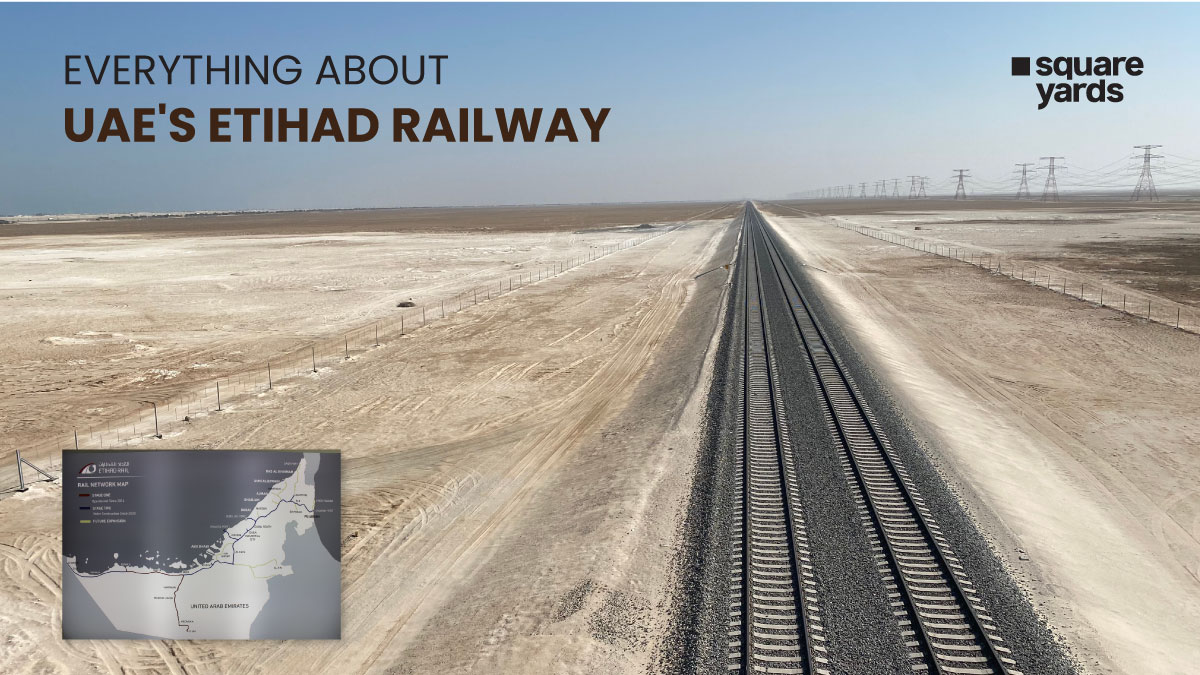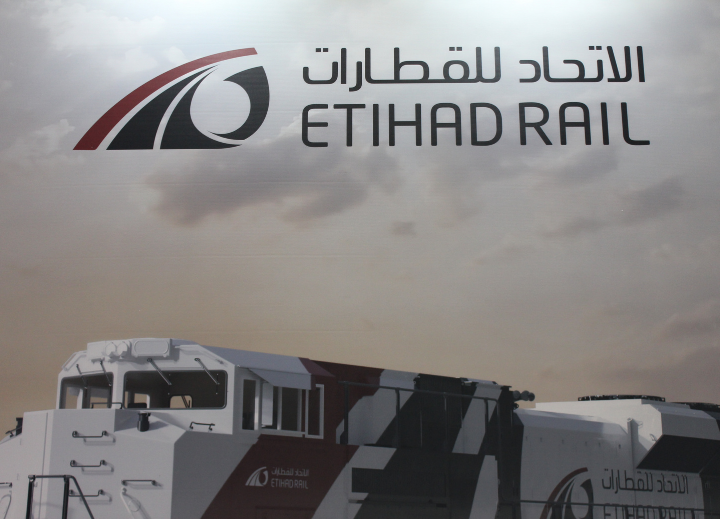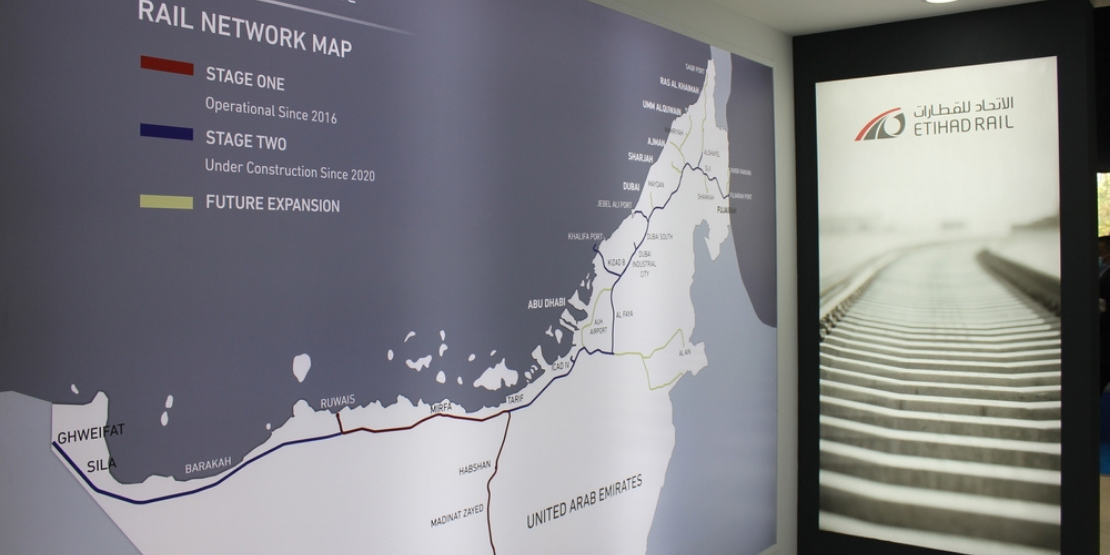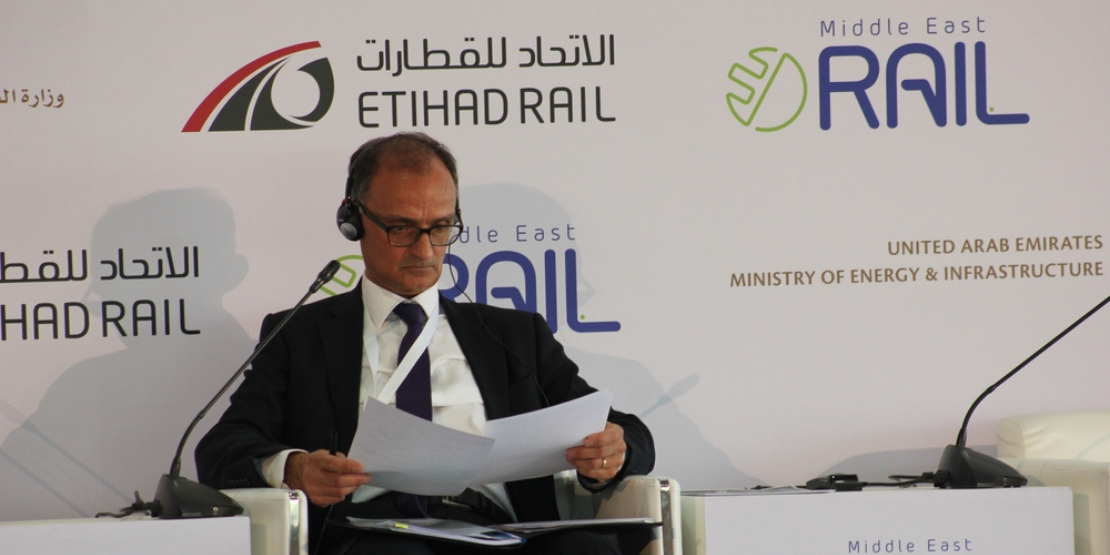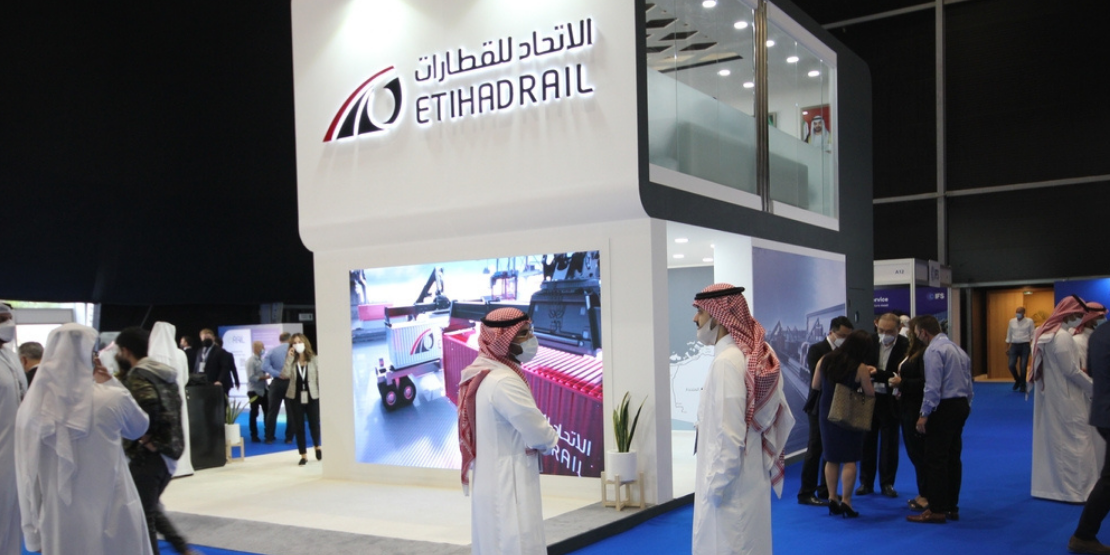The UAE is already a country with many reasons to look for fascination. Yet another launch of the Etihad Rail Project has attracted an immense involvement of new traders to connect with UAE soon. Etihad Rail is a national railway network having a futuristic survival of serving the country. The UAE government keeps announcing some great projects that can enrich emirates’ glorifying beauty and development.
The project and its mechanisms are also a concern for the UAE. Here, we have brought some major facts about the Etihad National Railway Project that is a must-to-know thing in today’s scenario.
All About Etihad Rail Project
This project has the essence of a major development that the UAE is already experiencing. It is designed to focus on transport efficiency, which is more advanced and security-proof. It would be transporting the granulated sulphur straight from the gas fields in Shah and Habshan to the export centre at Ruwais.
Currently, around twenty-two thousand tonnes of sulphur are moved across the country by two trains having a capacity of one hundred and ten wagons to carry. And we are talking about the first phase only, which is functioning. Surely, completing the second phase of the Etihad railway will make incredible history henceforth.
It will be the first National Freight and Passenger Railway system that will connect the seven emirates of UAE altogether. The project will count the capital up to $100 Billion in the Gulf Cooperation Council (GCC) programme. The Etihad Rail route map is spread across Saudi Arabia, Qatar, Kuwait, Bahrain, and Oman. That is amazing, isn’t it? Now, let us check out both the phases we mentioned to comprehend in-depth.
-
Etihad Rail Project Phase I
It was started in 2009 with the first half of the formation. Then, the project’s first section has been operational since 2016 and has been utilised to carry 30 billion granulated sulphur. Impressively, there had been no injuries recorded, and even the deadlines were also met effectively to date. For better understanding, you may think of 1.8 million trucks that had been replaced by just a solitary train. It indicated that the emirate is even free from 80% of carbon dioxide, which is the biggest reason for pollution in today’s era.
The Construction Plans
The UAE has several arrangements to put the rail project formation one of a kind. They imported seven Electro-Motive Diesel locomotives incorporated with an in-cab European signal-system straight from the US for Phase 1 Network establishment.
The unique quality of the European train control system is displayed on the signal. These data are sent to the Radio Block Centre (RBC) to guide the positions and the direction live. Similarly, the odometers and GMS-R (Also Known As Radar) are used to filter out the exact situation with the speed and route information of the train.
Besides this, the 110 wagons have derailment protection and pneumatic brakes feature that is monitored electronically for security purposes. Each of them weighs 30 tonnes which turn 130 tonnes when loaded. This was just about the first section of construction. If this has amazed you, you must learn what the next plan is about.
-
Etihad Rail Project Phase II
The second phase is centralised to connect the major industrial ports and trading ports potentially. This Etihad Rail route map would be flowed by the eastern coasts like Capital Abu Dhabi, Kizad, Port Jebel Ali, Sharjah, Port Khalifa, Ras Al Khaimah, Dubai, and Fujairah.
The Construction Plans
The Second Phase of the construction will have a new track addition of almost 605 km from Ghuwaifat to Fujairah. For this, UAE has planned to import thirty-eight locomotives, which will be used to lift 100-wagon trains. It will substitute for 5,600 trucks with its impactful and bulk movement.
Several wagons will be used to handle the transportation of goods as per different types, weights, and materials. Before moving, there is another umbrella to consider, such as temperature, carriage, rail gondolas, flatbed wagons, intermodal steel containers, etc.
It is witnessed that Phase I is working great with the tracking system of the railway. Along with Phase II, the government has already planned to expand the coverage to facilitate more trade markets. It is a seamless project that is, of course, in progress but with more beneficial extensions.
One tender package is under a joint venture of China State Construction Engineering Corporation and South Korea’s SK Engineering and Construction. The matter they would be tackling is the designs, building, civil engineering, and the 139 km track that would be increased for Ruwais and Ghuwaifat connectivity.
The Partnerships Fixed with the National Railway Project
Last year, i.e., August 2021, Etihad Rail had bagged a partnership with Western Bainoona Group. This is an Abu Dhabi-based in-house road construction organisation. It is considered the biggest deal cracked for a commercial purpose for stage two of the rail project. The Etihad Railway network would be transporting around 4.5 million tonnes of Western Bainoona Group done by 643 trains from Fujairah to the logistics hub in the Industrial City of Abu Dhabi and Dubai Industrial City.
The partnership tends to decrease the road traffic by 1,20,000 annual truck substitution. The length of each train will be 1km. Etihad Rail will have seventy wagons per train and a capacity of seven thousand tonnes per trip.
The authorities claimed the upcoming opportunities from the project, saying that “There would be companies that will increase their business connections by asset investment and low transportation expenditure. They may also indulge their time and efforts to become a sincere participant contributing to the success of the Etihad Rail project.
History of Etihad Railway, UAE
In June 2009, the Etihad Railway was established to innovate and operate the railway infrastructure in the emirate with advancement. It is monitored and administered by Abu Dhabi by seventy percent of authority and the federal government of the UAE with thirty percent of ownership.
Earlier, the project’s primary aim was to build a network that could ensure the constant expansion of the industries in the nation and encourage freight services by train. The plan to establish public trains was gradually accepted to initiate affordable, faster, environment-friendly travelling. The authorities signed huge projects throughout the country. After a long wait, the Etihad Rail is all set with 70% of the twin-track infrastructure by which the local passengers and the freight movement can be done.
The Impact on UAE GDP After Etihad Rail Project Execution
The Etihad Railway System was formed in 2009, and its first phase commenced operation in 2016. It is segregated into two divisions. The first phase is finished, and the second phase is still under construction. Considering 2016 operations, it has two tracks spread across 264 kilometres in access.
This railway project is blissful with high expectations and a foolproof plan to get a big hike in the GDP of the emirates. Calculating the range around which the GDP can grow is approximately Dh3.5 billion to the overall GDP by 2030. According to the estimation, the return could even range to 15.5 %.
Interestingly, the Etihad rail would also join the GCC railway network as it will be joining the emirate from Saudi Arabia till Ghweifat in the west. Oman via Al Ain will be linked in the eastern part.
The Longest Tunnel of GCC
As the project is grand, it will have exceptional relatable constructions. It is the longest tunnel built by GCC, the longest in history. It has a length of 1.8 kilometres under Package D for Etihad Rail Project Phase II.
This Package D has a runway for approximately 145 km from Dubai towards Fujairah’s destination. It consists of another nine tunnel constructions with a length of 6.9km. There are fifty-four bridges too, and twenty animal crossings on the list.
End Thoughts
Dubai is increasingly making the best development programmes in the world. Incredibly, they have launched many trending decisions that have contributed towards UAE’s importance and dominance in the global market with an impressive GDP (Gross Domestic Product) performance.

